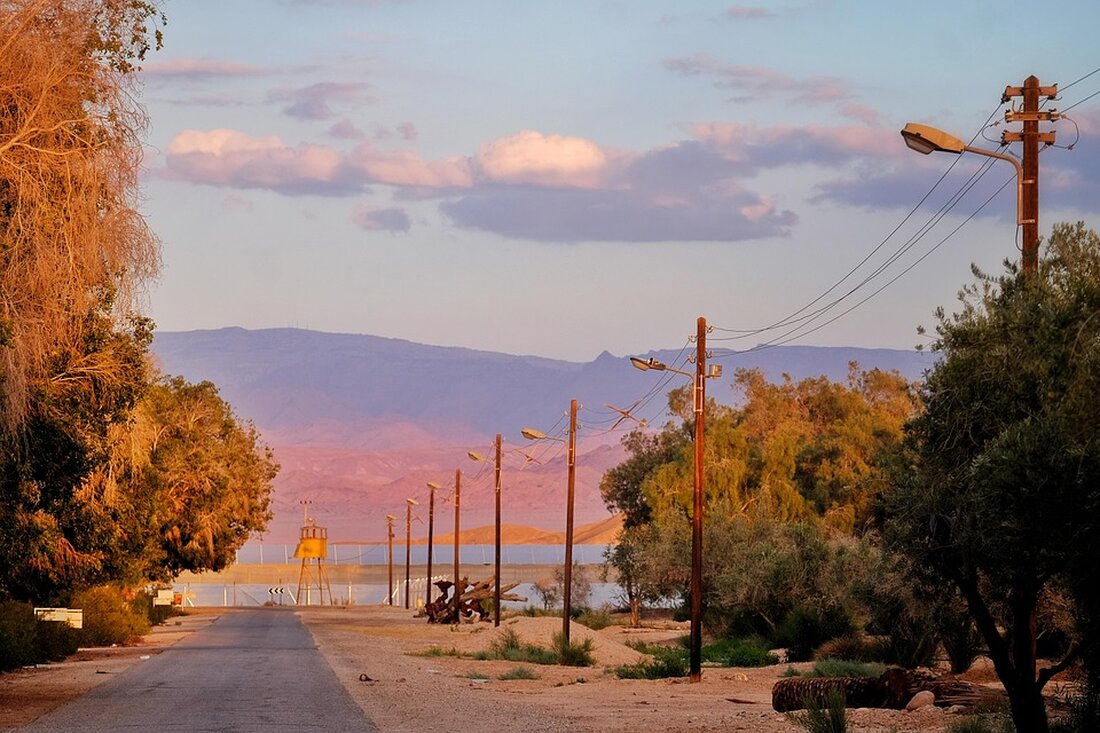Israel attacks Iranian nuclear facilities – a decisive blow?
Israel has attacked three key Iranian nuclear facilities in a bid to weaken its controversial nuclear program. What does this mean for Iran's ambitions and regional security? Here is the most important information.

Israel attacks Iranian nuclear facilities – a decisive blow?
Israel's unprecedented attacks on Iran had a complex and high-risk goal: eliminating the country's controversial nuclear program.
Focus of attacks: Important nuclear facilities
Israel deliberately stood up three central Iranian nuclear facilities – Natanz, Isfahan and Fordow – as well as several leading scientists involved in nuclear research and development.
Damage and impact on the nuclear program
The extent of the damage and the survivability of Iran's nuclear program are currently unclear. An Israeli military official said in a news conference on Saturday that the attacks on the nuclear sites in Natanz and Isfahan caused "significant" damage. Iran, however, said the damage was limited but confirmed the deaths of nine experts.
“We are at a crucial point where, if we miss it, we will no longer have the opportunity to prevent Iran from developing nuclear weapons that threaten our existence,” Israeli Defense Minister Israel Katz said on Friday.
“For the last year and a half we have dealt with Iran’s proxies, but now we must deal with the head of the snake itself.”
The nuclear situation in Natanz
Initial assessments show that Israel's attacks on the Natanz nuclear facility were extremely effective. These went well beyond superficial damage to external structures and resulted in power being cut off in the lower areas where the uranium enrichment centrifuges are stored, two US officials told CNN.
“This was a comprehensive blitz,” said a source familiar with the assessments.
The attacks destroyed the above-ground portion of Natanz's Pilot Fuel Enrichment Plant, a sprawling facility in operation since 2003 where Iran had enriched uranium up to 60% purity, according to the International Atomic Energy Agency (IAEA). Weapons-grade uranium is enriched to 90%.
Damage and its meaning
CNN obtained radar images from space company Umbra that documented damage to several areas of the Natanz facility. Other satellite images reviewed by CNN clearly showed the same damage, with plumes of black smoke visibly rising from several areas of the facility.
Electrical infrastructure in Natanz - including the main power building and emergency and backup generators - was also destroyed, the IAEA said. This assessment is supported by the two US officials who told CNN that power was cut in the lower areas where the uranium enrichment centrifuges are stored.
This aspect of the operation is critical because much of the Natanz facility is heavily fortified and underground, making power outages in these areas the most effective way to affect underground facilities and machinery.
The situation in Isfahan
The extent of the damage to the nuclear facility in Isfahan, Iran's largest nuclear research center, was difficult to determine in the hours after the attack because of conflicting reports about the impact of the attack from Israel and Iran.
Behrouz Kamalvandi, spokesman for the Atomic Energy Organization of Iran, said on Saturday that damage to the plant was limited. The equipment at the two systems had been moved in anticipation of the attacks, said Kamalvandi. A shed on the site caught fire and there was no risk of contamination.
Israel, on the other hand, expressed more optimism; An IDF official said during a news conference on Saturday that the facility suffered significant damage.
The Fordow Power Station
The Fordow enrichment plant is a much more difficult target. Located deep in the mountains near Qom, in northern Iran, the facility houses sophisticated centrifuges that enrich uranium to high levels of purification.
Israel targeted the facility during its attacks on Friday, but the IAEA said it was not affected and the IDF reported no significant damage there. Iran's air defense shot down an Israeli drone near the plant on Friday evening, Iranian state media agency Press TV reported.
The outcome of the Fordow facility could be crucial to the overall success of Israel's attacks.
In 2023, the Vienna-based IAEA confirmed that uranium particles with an enrichment of 83.7% - which is close to the 90% enrichment limit for making a nuclear bomb - were found in Fordow.
The future of Iran's nuclear program
"If Fordow remains operational, Israel's attacks could do little to slow Iran's path to the bomb," James M. Acton, co-director of the Nuclear Policy Program at the Carnegie Endowment for International Peace, wrote Friday.
Acton explained that Israel may be able to collapse the entrance to the facility, but noted that destroying much more of the Fordow facility will be a difficult task.
Reporting was assisted by CNN journalists Katie Polglase, Gianluca Mezzofiore, Christian Edwards, Henry Zeris, Thomas Bordeaux, Avery Schmit, Teele Rebane, Isaac Yee, Mostafa Salem, Betsy Klein, Sarah Ferris, Katie Bo Lillis, Kylie Atwood and Alayna Treene.

 Suche
Suche
 Mein Konto
Mein Konto
